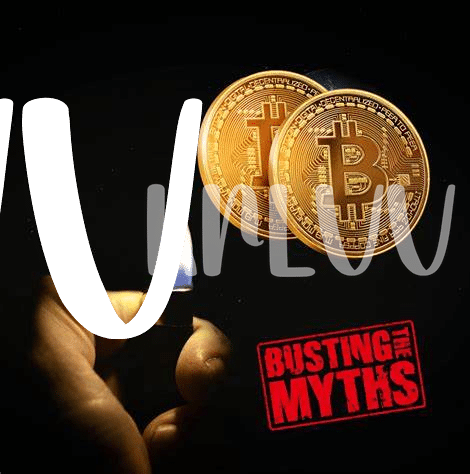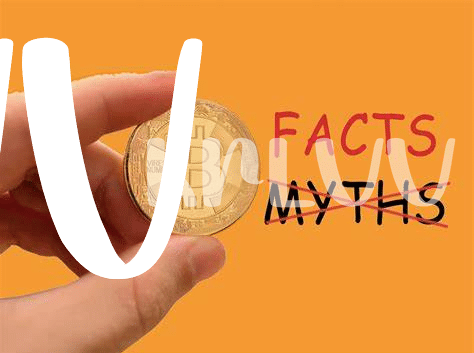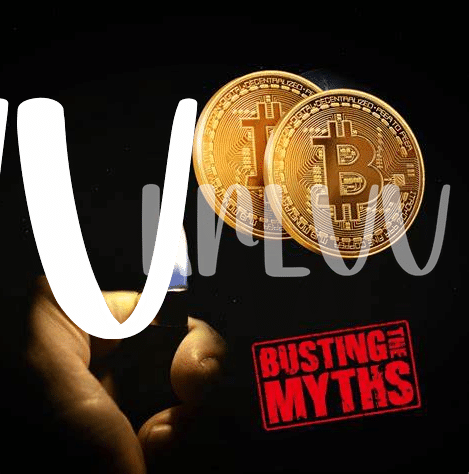Bitcoin 101: What Powers the Digital Gold? 💡

Imagine a world where every transaction, every online purchase, and even your morning coffee payment, doesn’t rely on banks or physical money. Welcome to the realm of Bitcoin, the digital gold that is shaking up the financial world. At its core, Bitcoin operates on a complex but fascinating system called blockchain. Think of it as a digital ledger, where every transaction is recorded, verified, and secured by a network of computers around the globe. This process, known as mining, is the powerhouse behind Bitcoin, rewarding those who participate with freshly minted bitcoins. However, this innovative system demands a substantial amount of electricity, sparking a heated debate about its energy consumption.
| Component | Role in Bitcoin |
|---|---|
| Blockchain | The digital ledger recording all transactions |
| Mining | Process of verifying transactions and securing the network, rewarded with new bitcoins |
| Electricity | Key resource powering the mining process |
Despite the criticism, it’s crucial to understand the mechanisms behind Bitcoin’s energy use. Comparing it to traditional banking or even the energy required to mint physical currency puts things into perspective. As we dive deeper, we’ll explore how the narrative around Bitcoin’s energy consumption unfolds, separating fact from fiction and shedding light on its potential for sustainability.
Debunking Myths: Is Bitcoin Really an Energy Hog? 🐷
When people hear about Bitcoin’s energy use, many imagine it’s gobbling up power at an insatiable rate, like a digital beast that never stops eating. But let’s shed some light on this topic. Yes, Bitcoin mining – the process that keeps the Bitcoin network up and running – uses electricity because it involves powerful computers solving complex puzzles. However, labeling it as an insatiable energy hog might not be entirely fair. To understand better, consider that the entire global banking system, with its massive data centers, ATMs, and branch offices, also consumes a significant amount of electricity. Yet, this doesn’t often make headlines. Moreover, a growing portion of the Bitcoin mining industry is turning to renewable energy sources, aiming to reduce its carbon footprint. For a deeper dive into the world of digital currencies and their impact, check out https://wikicrypto.news/from-memes-to-millionaires-bitcoins-influence-on-internet-culture. This initiative not only helps debunk some common myths but also highlights the efforts made towards a greener, more sustainable future for cryptocurrencies.
Comparing Apples to Apples: Bitcoin Vs. Traditional Banking 🏦

When we talk about Bitcoin and energy, it’s like comparing the energy bite of a digital apple to a traditional one. Imagine the traditional banking system as a giant factory, running countless machines 24/7 – ATMs, branch offices, data centers, and all the computer systems managing our transactions. This setup eats up a lot of power, much like how our homes do, but on a much grander scale. 🏦💡
On the flip side, Bitcoin, the new kid on the block, uses energy too, but it’s not just about consuming; it’s about securing a global financial network through a process called mining. This might sound heavy, but it’s akin to a worldwide network of computers solving complex puzzles to keep the system safe and sound. The comparison here lies in understanding that both systems, though different in their approach, are participants in the global energy story, showing us there’s more than one way to power our financial future. 🌍🔌
The Green Side of Bitcoin: Renewable Energy Solutions 🌱

As we dive into the heart of what makes Bitcoin tick, many folks raise eyebrows over its energy use. But here’s a surprise – there’s a brighter, greener side to this story. Picture this: vast fields of solar panels and towering wind turbines, all feeding clean, renewable energy straight into the digital heartbeat of Bitcoin. It’s not just a dream. Around the globe, the push to power Bitcoin mining with green energy is gaining serious momentum. Why? Because many in the Bitcoin community are nature lovers at heart, aspiring for a balance between tech and an eco-friendly existence. They’re innovating, finding ways to harness the power of the sun, wind, and even hydropower to keep those digital wheels turning, minus the heavy carbon footprint. This shift toward sustainability is not only good for our planet; it also paints a future where Bitcoin grows alongside renewable energy, fostering a greener economy. And as we tread this path, staying informed is key. If you’re curious about navigating these waters, or perhaps the broader spectrum of bitcoin controversies suggestions, there’s a wealth of information waiting to arm you with knowledge. As we look ahead, the merge of Bitcoin and green energy solutions not only lightens the load on our environment but also shines a hopeful beam on the currency’s longevity and adaptability. 🌍💡🌱
Future Innovations: Reducing Bitcoin’s Carbon Footprint 👣
In the fast-evolving world of digital currencies, innovators are tirelessly working on ways to make Bitcoin more eco-friendly. Think of it as turning an old, gas-guzzling car into a sleek electric vehicle for the digital age. Efforts range from harnessing the power of sun, wind, and water to mine Bitcoin, to rethinking the very process of mining itself. This shift toward renewable energy sources isn’t just a nod to environmental concerns; it’s a smart move for the long-term viability of Bitcoin. After all, cleaner energy means lower costs and a smaller carbon footprint, making Bitcoin not just more sustainable but also more accessible to people around the globe.
Meanwhile, a table of ongoing innovations paints an exciting picture of the future:
| Innovation | Description | Impact |
|---|---|---|
| 🌞 Solar Mining Farms | Using solar panels to power mining operations. | Significantly reduces reliance on fossil fuels. |
| 💨 Wind-powered Mining | Utilizing wind energy for Bitcoin mining activities. | Offers a constant, clean energy source in windy regions. |
| 🔄 Efficient Mining Protocol | Developing new protocols that require less energy for mining. | Lowers the overall energy consumption of the Bitcoin network. |
With each leap forward, Bitcoin is shedding its reputation as an energy hog and starting to look more like a sustainable currency of the future. By embracing these innovations, the Bitcoin community is proving its commitment to not just economic change, but environmental stewardship as well.
The Big Picture: Energy, Economy, and Environment 🌍

In the grand scheme of things, understanding Bitcoin’s role in our planet’s health involves more than just looking at the energy it consumes. It’s about fitting the pieces of a larger puzzle together, intertwining the threads of energy usage, economic growth, and environmental preservation. Imagine a world where financial systems work in harmony with the earth’s ecosystems, fostering growth while nurturing our planet. Bitcoin, with its revolutionary technology, stands at the crossroads of this vision. Its potential to operate on renewable energy sources hints at a future where digital currency and green energy walk hand in hand, reducing the carbon footprint and driving economic advancement without compromising our environment. This scenario isn’t just a dream; innovations are underway to make it a reality, pushing us to rethink how energy consumption and economic activities relate to environmental sustainability. To learn more about incorporating Bitcoin securely in everyday life, consider exploring bitcoin hardware wallets suggestions, enhancing both your digital and environmental footprint.
